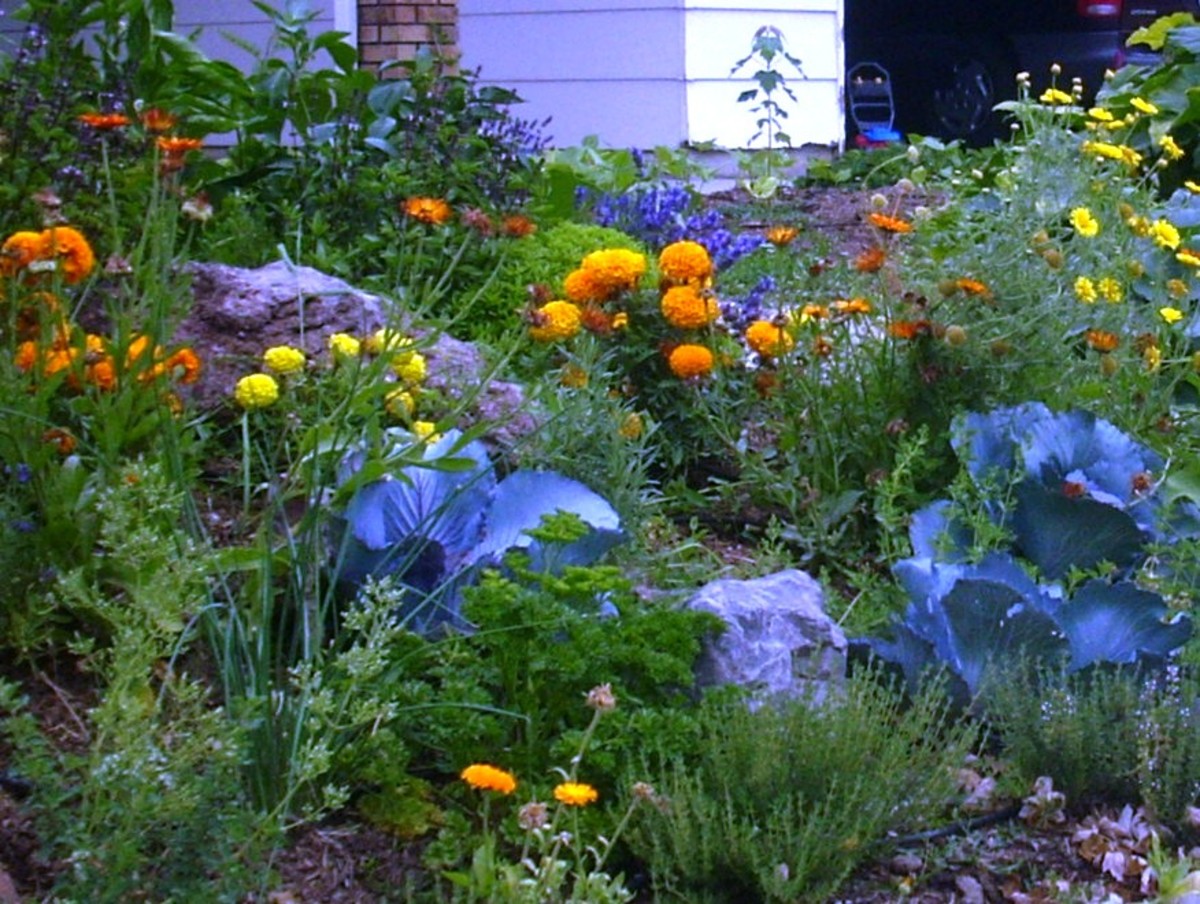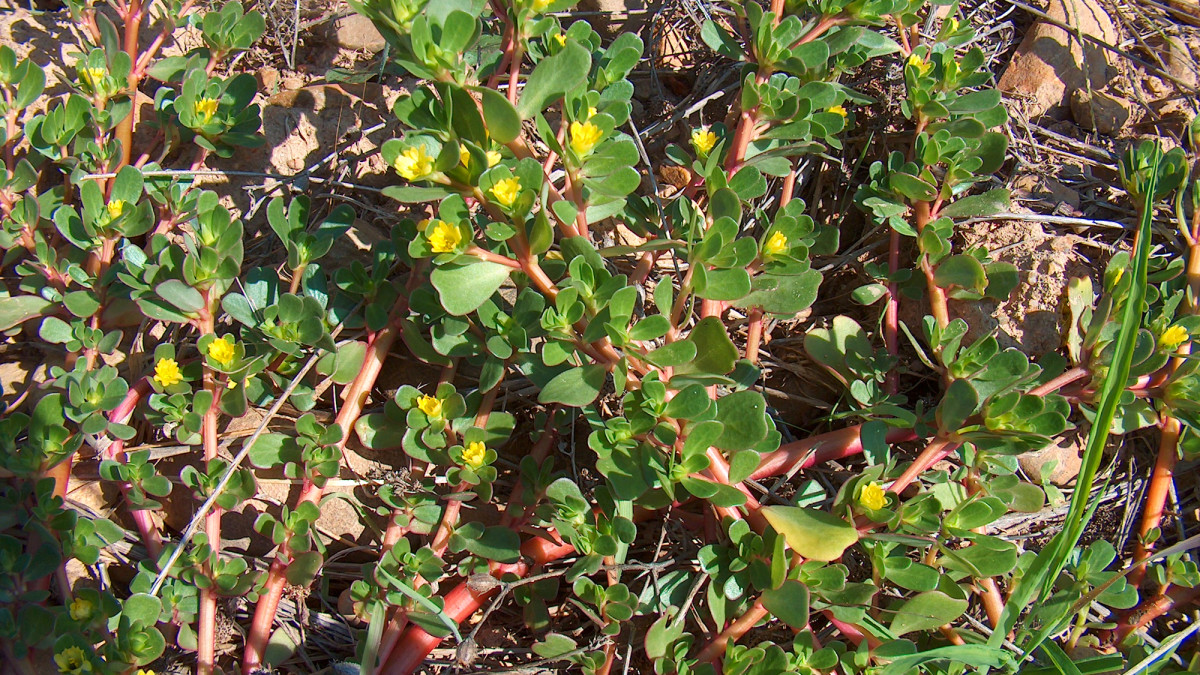- HubPages»
- Health»
- Quality of Life & Wellness»
- Personal Development
Why We Should All Have Edible Front Yards
I Hate Mowing Lawns
There, the truth is out.
I have been mowing lawns since my dad gave me that disgusting chore over fifty years ago, and nothing has changed in that time.
I hate mowing lawns.
I have owned twelve homes over the years, and I’ve had lawns an acre in size and a postage stamp in size, and one thing has remained constant with each home….
I hate mowing lawns.
It’s interesting that I should have such a dislike for mowing. Lawns are, after all, pretty to look at, and there is a certain amount of luxury when I lay down on a newly-cut lawn….but…..I never saw much sense in them. I mean, what good are they? When I weigh the cost of maintaining a lawn against the joy of looking at one, I simply don’t get it. Why did I spend so much money over the years for something I could not eat or sell?
Well the break from lawns finally arrived, for me, when I decided upon a frugal lifestyle. Once I committed to living a life of “needs” rather than “wants,” it was fairly easy to say goodbye to the foolish notion of maintaining a lawn.
Allow me, then, to present my arguments against lawns and, by extension, for edible front yards. Some of you will find it interesting. Some may even come over to the dark side and join forces with me. Some, I’m sure, will not be sold at all because you love your lawns, and that is all well and good. I’m not selling anything. Rather, I’m just presenting my case and hoping others will follow along.
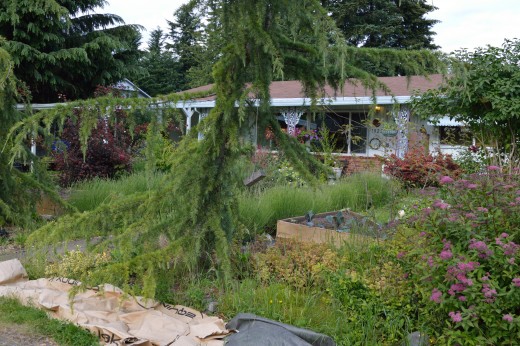
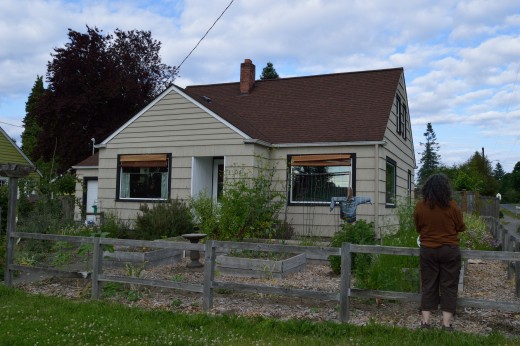
Some Facts and Figures
The largest irrigation crop in the United States is….drum roll, please….turf grass. There are 32 million acres of turf grass (lawn) in the U.S., enough to cover the entire state of Kentucky.
Approximately $1,200 is spent per household per year on lawns.
In any given year, between 50% and 70% of the United States residential water is used for watering lawns. That equates to about 10,000 gallons of water per summer for every 1,000 square foot lawn.
Are you amazed yet?
Over 78 million households in the United States use garden pesticides.
Over $700 million is spent each year on pesticides for lawns.
67 million pounds of synthetic pesticides are spread on lawns in the United States each year.
Are you disgusted yet?
Each year over 58 million gallons of gasoline are used mowing lawns.
One lawn mower creates as much pollution in an hour as a car driven for twenty miles.
Are you mad yet?
Out of the thirty most commonly used lawn pesticides, sixteen are toxic for birds, twenty-four are toxic for fish, and eleven are deadly to bees.
Each year over seven million birds die because of exposure to lawn pesticides.
And if the birds, animals, fish and water supply are negatively affected by lawn pesticides, how about we humans? Do you think we might be negatively affected as well?
To put it simply, we are polluting the environment, and depleting natural resources, so that we can gaze upon a great lawn and dazzle our neighbors.
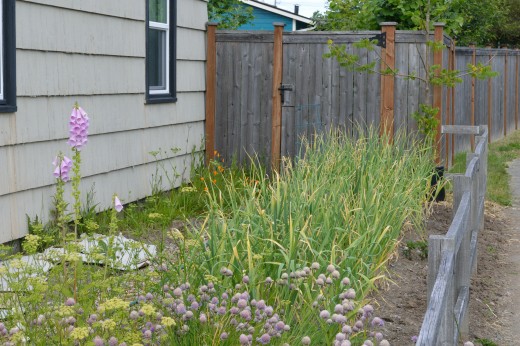
So What Can We Do?
The answer to that question is a simple one: get rid of your lawns and plant edible foods.
Oh, I can hear the screaming from here. “I LOVE HAVING A BEAUTIFUL LAWN!” Yes indeed, there are millions of Americans who find great enjoyment in having a well-maintained lawn, and on a certain level I understand. There are also millions of Americans who live in housing developments where a beautiful lawn is required. For the life of me, I do not understand living anywhere where there are such requirements, but I know it is so. All I can do is shake my head, because when the common welfare is cast aside by the need to keep property values high, there is something very wrong with that justification.
So I’m not selling anything in this article. I will never convince a certain percentage of homeowners, so if you are one of them, then stop reading right now.
If, however, you are concerned about the environment, and you give a damn about the waste of natural resources, then read on.
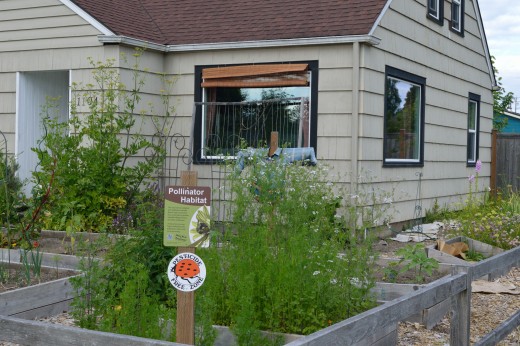
The Benefits of an Edible Front Yard
There are many, but let me just highlight a few for this article:
- Cut food costs….in case you haven’t noticed, the price of food is rising, and you can bet the bank that it will continue to rise. With stagnated wages the norm rather than the exception, finding a way to cut food costs is just smart economics for the average homeowner. A 1,000 square foot vegetable garden will feed a family of four for one year. Imagine the savings!
- Eat healthier foods….again, in case you haven’t noticed, foods produced by the major farming corporations are unsafe. Food additives and preservatives are slowly killing us. By producing your own food, you are in control of what you eat and how safe that food is. If you are hoping that one day Monsanto will develop a conscience, may God help you.
- Save natural resources….refer to the earlier section about water waste and pesticides in the ground and water supply….and don’t forget to read the section about gasoline use.
- A sense of community…..imagine a neighborhood where everyone grows their own produce, and neighbors share, not only food, but ideas, with each other. A bond would be formed, a bond that would only strengthen in time, as neighbors watch out for each other, and the common good is an overriding philosophy that they all live by.
- A change in the way we view life…..the old ways are not working. Unless you are a member of the top one percent, you must realize by now that this is true. What worked for our grandparents and even our parents is no longer valid. The economy demands that we find new ways of living. We need to come closer together rather than become more isolated. We need to see a seismic shift in the way we view society, or we will all suffer the consequences.
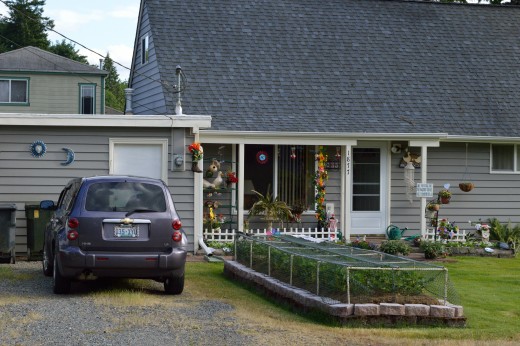
Is This Even Possible?
Well of course it is. This author lives in a city that embraces this new way of thinking. Front yard edible gardens are not only allowed in Olympia, Washington, but they are encouraged. During our one-hour walk this past Saturday, my wife and I counted twelve front yard edible gardens, and more are being planted each month.
Portland, Oregon, a city I lived in for two years, also embraces this lifestyle change.
Seattle, Washington, is currently planting the nation’s first urban edible forest.
Change is happening and I find it so very exhilarating.
Can you see yourself doing this?
So Now It’s Your Turn
You begin by tearing up all the sod in your front yard. Yes, it is hard work, but the rewards you will receive will make each shovel-full a little bit lighter.
Now plan your garden. You can either use a series of raised beds with paths in-between, or just plant directly into the ground. Check your area for which crops grow best in your climate. Prepare the soil with natural fertilizers. Start making your own compost.
Share your vision with neighbors. Start communicating with each other. Tell them about the benefits of an edible front yard, and heck, even share some of the bounty with them.
Then take your lawnmower and put it in the back of your pickup truck. Drive it to the city dump and leave it there.
You no longer need it!
Rejoice!
2014 William D. Holland (aka billybuc)



